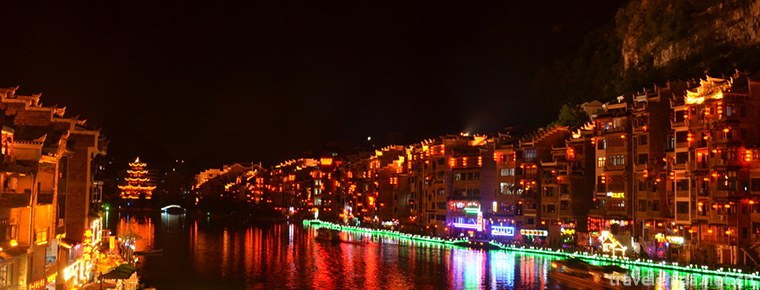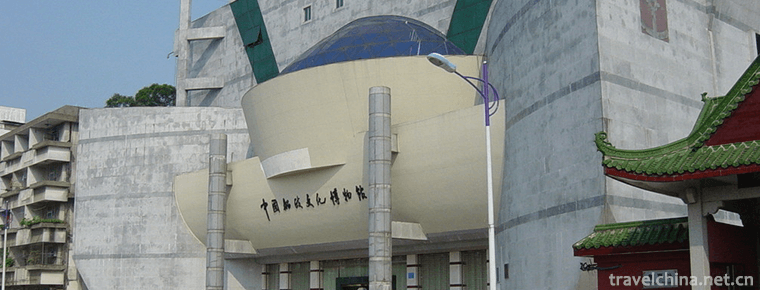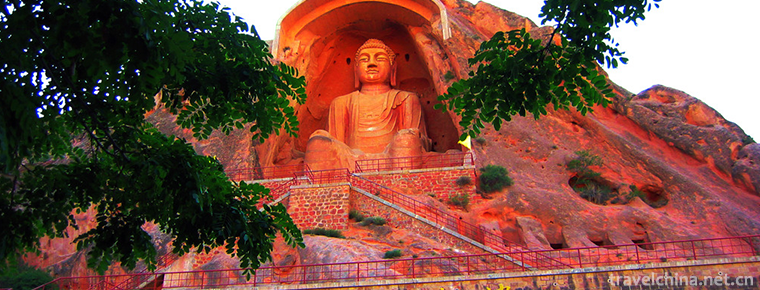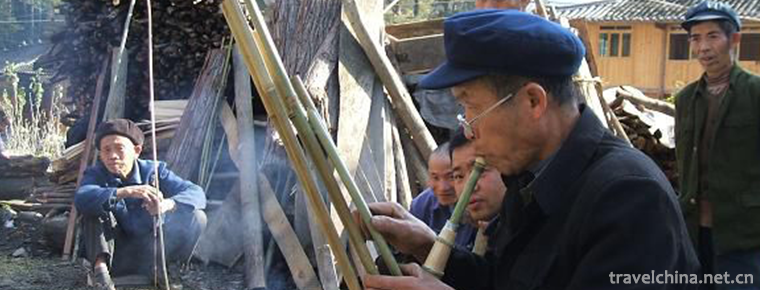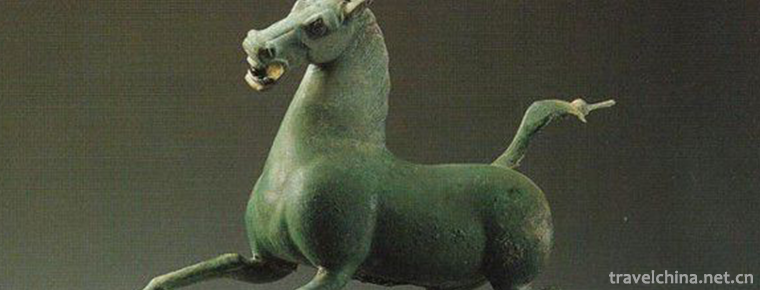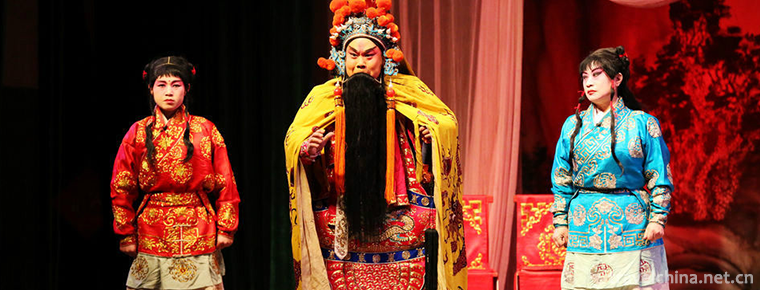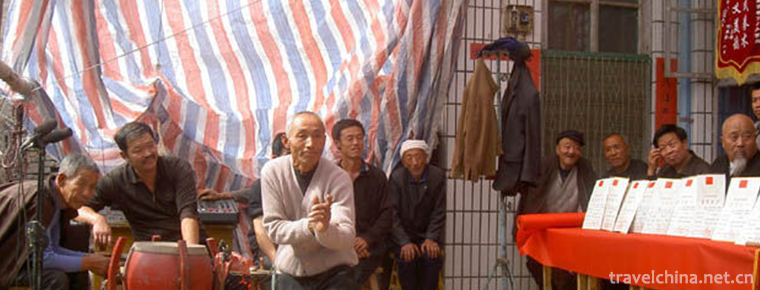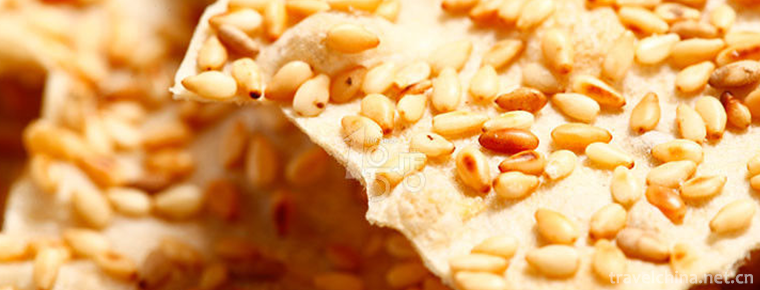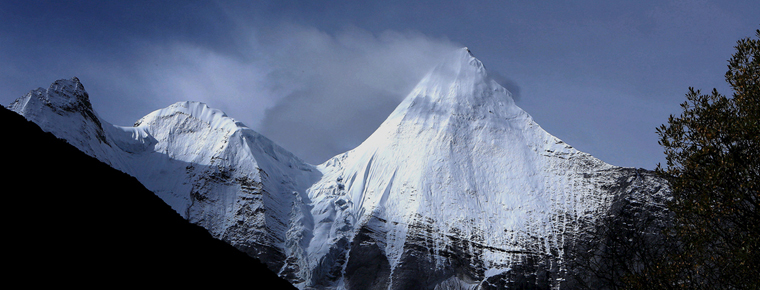Iron Coal Steam Locomotive Museum
Iron Coal Steam Locomotive Museum
Tiaobingshan Steam Locomotive Museum, formerly known as Iron Coal Steam Locomotive Museum. National AAAA-level scenic spots and national industrial tourism demonstration sites. The scenic spot has 21 steam locomotives which are few in the world and can operate normally. Some of them are operated. The rest are stored in the exhibition hall of steam locomotives covering more than 3000 square meters.
The museum now has three luxury old-fashioned passenger trains and one steam locomotive exhibition room. It runs on a 220-kilometer railway line across three counties and two cities (Tieling, Faku, Kangping, Tieling and Shenyang). It has designed a series of tourism projects for tourists, such as "Steam Locomotive Photography", "Steam Locomotive Trial Driving", "One-day Stationer" and "Industrial Mine Tour". 。
Collection
brief introduction
Iron Coal Group (now renamed TieNeng Group) as a national top 500 enterprise located in Tiaobingshan City, has a long history. Now, 21 steam locomotives have been reserved, forming a flowing steam locomotive Museum for people to visit and visit. On large holidays, tourists will also open the link of driving in person, attracting a large number of overseas friends to exchange visits, and even Japanese friends have bought them at high prices, but they have been refused by local authorities.
Since the opening up in 2000, more than ten foreign tourists from the United States, France, Russia, Belgium, Finland, the Netherlands, the United Kingdom, Italy, Japan and other countries have come to visit, and more than a dozen domestic theatre groups have come to take pictures of steam locomotives.
Influence
Tiaobingshan City is a county-level city which mainly produces coal approved by the State Council in 1982. Because it is adjacent to Faku County and Tieling City, its original name is Tiefa City, which was formally renamed Tiaobingshan City in 2002. Tiefa Coalfield has identified a coal industry reserves of 2.32 billion tons, accounting for more than one third of Liaoning's total coal. In 2000, Tiefa Coalfield entered the top ten coal mines in China.
Since the establishment of mining in 1958, the output and benefit of coal have been increasing year by year. In 1991, the output exceeded 10 million tons. Since 1997, the annual output has reached more than 15 million tons. Over the years, steam locomotives have made great contributions in the field of coal production and transportation.
However, with the development of the times, the steam locomotive is no longer the leading role in the transport industry, replaced by diesel locomotives and electric locomotives.
But the historical achievements and innovative spirit of steam locomotives can not be forgotten.
Promotion 4A
Tiaobingshan Iron Coal Steam Locomotive Scenic Spot was officially approved by the National Tourism Administration and promoted to the national AAAA level scenic spot. The unveiling ceremony was held on January 14, 2013. Sun Delan, Vice Mayor of Tieling Municipal People's Government, congratulated the Tieling Municipal Committee and the Municipal Government on the promotion of the Steam Locomotive Museum.
Sun Delan pointed out that the museum should take this promotion as an opportunity to strengthen the construction of infrastructure and service facilities, strive to open up the tourism market, create an international tourism brand with characteristics, and continue to contribute to the development of Tieling tourism and the new step of industrial tourism in the province.
Tiaobingshan Iron and Coal Steam Locomotive Museum opened in 2004. It has 113 kilometers of railway trunk line and 101 kilometers of station line. There are 21 steam locomotives, including 18 upstream locomotives, 1 construction locomotive, 1 jump-forward locomotive and 1 KD6 locomotive. The time of leaving the factory varies from 1943 to 1999. With the existing resources and conditions, the Ministry of Railway Transportation of Tiecheng Group has established four bases, namely, steam locomotive tourism, development and manufacture of steam locomotive products, film and television shooting of steam locomotives, and cultural exchange of steam locomotives. They are known as the "flowing steam locomotive museum". Every year, tens of thousands of people come to visit and visit, calling for "China's first, world-famous" steam locomotive tourism products in China. Tieling has become the second national AAAA scenic spot after Qinghe Reservoir scenic spot.
Film and TV Base
As of December 2016, Tiaobingshan Iron and Coal Steam Locomotive Museum Steam Locomotive Movie and Television City has cooperated with the shooting task of 37 films and TV dramas. The scenes are taken all over the stations, platforms, streets, exterior scenes and steam locomotives and other professional props, filling in the blank of no professional steam locomotive film and television shooting base in China at that time. The scenic film and television city has complemented Shenyang Guandong Film and TV City, Lushun Chuangguandong Film and TV City, Tieling Qinghe Longquan Villa Film and TV City, giving full play to its own characteristics, so that the shooting of many related film and television works can be completed in Liaoning Province.
Overseas Evaluation
American friends said: There are so many steam locomotives in Tiaobing Mountain, so good that it is rare in the world. Tienang Group's existing 20 steam locomotives are unique cultural relics of Tiaobing Mountain, which can be called world-class. This unique tourist resources are open to tourists, so that tourists can feel the magnificent scenery of Tielang Coal Sea.
German tourists praise: driving motorcycles and sightseeing in scenic spots give people a sense of beauty of returning to nature and the past.
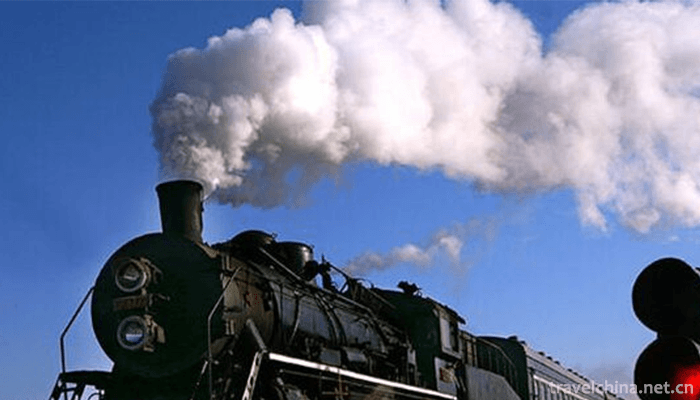
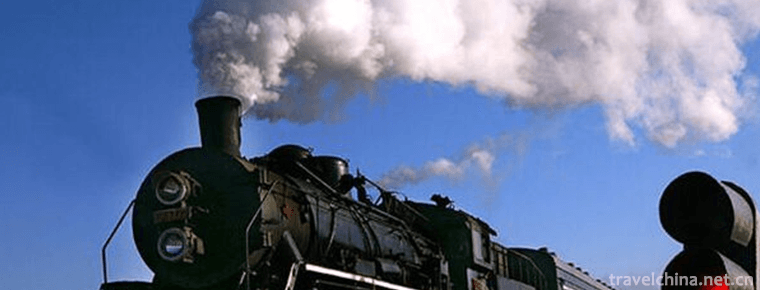
Iron Coal Steam Locomotive Museum
-
Libo Karst
Maolan National Karst Forest Nature Reserve, located in the southern suburb of Libo County, is a well-preserved natural forest vegetation in the karst landform of the central
Views: 192 Time 2019-01-29 -
Mawei Shipping Museum
The Mawei Shipbuilding Cultural Heritage Group in Fuzhou is centered on the Chinese Shipbuilding Cultural Museum, including Zhongpo Battery, Zhaozhong Temple, British Consulate
Views: 240 Time 2019-02-06 -
Xumishan Grottoes
Xumishan Grottoes, located 55 kilometers northwest of Guyuan City, Ningxia, is located in the north of Liupan Mountain. It is the only way to the east of the ancient "Silk Road" and one of t
Views: 129 Time 2019-02-26 -
Miao Lusheng Production Techniques
Miao Lusheng production process is complex, generally using scraping, cutting, through, hammering, clamping, drilling and other related tools, through the selection of materials, baking materials, mak
Views: 173 Time 2019-06-05 -
Bronze Repair and Reproduction Techniques
Traditional bronze repair technology mainly includes shaping, splicing, matching, bonding (welding), strengthening, old and other processes, and sometimes involves rust removal, scalding (surface seal
Views: 158 Time 2019-06-11 -
Shijiazhuang Silk String
Shijiazhuang silk string is also known as string tune, string tune, Hexi tune, small drum tune, Luoluo tune, daughter tune and so on. It is a local traditional drama in Hebei Province and one of the n
Views: 189 Time 2019-06-15 -
Xinyiquan
Xinyiquan, one of the traditional Chinese boxing, is an important part of Chinese martial arts culture and Oriental mysterious culture. It is a wonderful flower in the hundred gardens of Chinese marti
Views: 167 Time 2019-07-06 -
Zhou Cuns Baking Cake Making Skills
Zhou Cun's baking technology has a history of more than 1,800 years. According to Zizhi Tongjian, in the three years since Emperor Heng of Han Dynasty Yanxi, Hucai vendors have been exiled in Shandong
Views: 300 Time 2019-08-10 -
Mount sanshen
The three sacred mountains in Yading, Daocheng, are composed of three snow peaks, xiannairi, yangmaiyong and xianodoji, representing respectively Guanyin Bodhisattva, Manjusri Bodhisattva and Vajrayana Bodhisattva.
Views: 233 Time 2020-10-13 -
Mineral resources in Neijiang
Neijiang City is rich in mineral resources. Energy minerals mainly include coal, natural gas and oil shale; nonmetal and building materials minerals include limestone, sandstone, shale, refractory clay, bauxite, marble, river sand, gravel and ceramic clay, etc.;
Views: 359 Time 2020-12-16 -
Safety production in Leshan
By the end of 2018, there were 81 production safety accidents in Leshan City, with 73 deaths and a direct economic loss of 19.0522 million yuan. Among them, there was one major accident and no major or above production safety accident. In 1132 traffic
Views: 194 Time 2020-12-17 -
Meishan cultural undertakings
By the end of 2019, there are 7 cultural centers, 131 cultural stations, 7 public libraries and 6 museums. By the end of the year, 558000 books were collected in public libraries. By the end of the year, there were 6 radio and television stations, and the total
Views: 273 Time 2020-12-18
